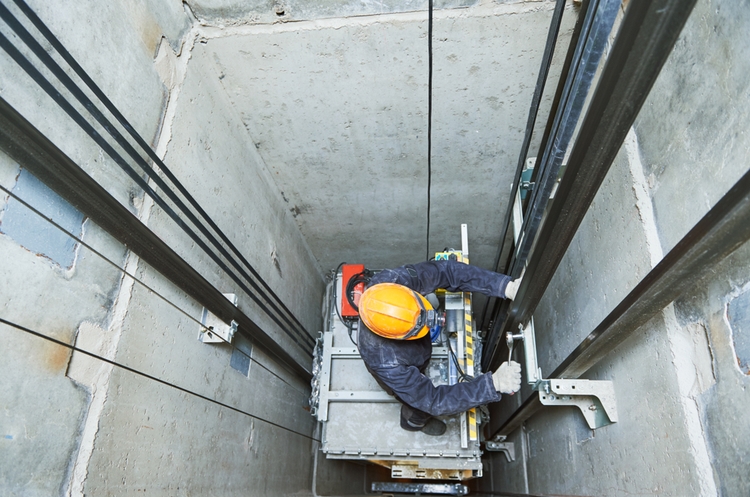Elevating Devices and Safety, a Reminder to Learn From the Mistakes of Others

Do you manufacture, own, operate or service elevators or escalators in Ontario? If so, you should be aware of (and be reminded of ) your legal obligations to prevent incidents.
Regulation of the Industry
The industry is regulated by the designated authority, the Technical Standards and Safety Authority (TSSA), under the Technical Standards and Safety Act 2000, and under Ontario Regulation 209/01, Elevating Devices. As well, where a breach of the Occupational Health and Safety Act (OHSA) and regulations occurs, the Ministry of Labour may investigate.
This article deals with cases, separated by over a decade, where people have been injured or died in connection with unsafe elevating devices. Companies were convicted and paid large fines.
In January 2006, the hydraulic cylinder of a parking elevator failed in a downtown Toronto office tower. The elevator was installed in 1972, and the owner and the maintenance contractor had agreed that the latter would perform monthly inspections and maintenance. Although the contractor billed the owner for such services, it failed to perform this task starting about 8 months prior to the accident. Five people were injured.
On a TSSA prosecution, the trial judge convicted the contractor on five counts and fined the company a total of $500,000. The appeal court upheld both the convictions and the fines.
The contractor’s employee added 100 litres of oil on August 12, 2005, without being able to account for the substantial loss of oil. The court found that this ought to have indicated to the contractor that the elevator’s safety had been compromised. However, the contractor permitted the unsafe elevator to be put back into service. The appeal court held that what is “safe” is to be determined by the standards in the industry, including any alerts or safety notices from the regulators. The TSSA had issued a Safety Alert Bulletin in 1999, which stated that any unexplained loss of oil indicated cylinder leakage from corrosion and required that the elevator be immediately taken out of service.
In February 2019, the owner and operator of a condominium and event space pleaded guilty on a prosecution by both the TSSA and the Ministry of Labour. A worker was killed in 2016 when a freight elevator door fell on him. Another worker was investigating a temporary makeshift repair during an elevator malfunction when the repair failed and the door fell. The event company was found to have failed to ensure that the freight elevator was maintained in a good condition, contrary to the OHSA. The owner and operator pleaded guilty to permitting the elevator to be operated without ensuring that necessary repairs were made under the TSSA legislation. The companies were each fined $100,000 plus the mandatory 25% victim fine surcharge.
Lessons to Learn (and Relearn)
The average person likely does not consider that an elevating device can pose a hazard to workers and to the public. However, those who have responsibilities for these devices must consider the hazards. The lack of regular inspection, the failure to identify and correct potential problems and the use of temporary makeshift solutions resulted in injury and death. Ensure that you and those who perform work or services for you are familiar with and put into use all available safety information and best practices. Know the requirements of the applicable legislation and be in a position not only to comply, but to be able to demonstrate compliance. Discover any system gaps prior to the accident, not afterwards. The steps that could have prevented the outcomes in these two cases were not exceedingly complex. They involved attention to details and monitoring of these details, rather than assuming that everything was working properly. However, in 2006 and 2016, these steps were overlooked, ignored or put off for another day, resulting in terrible consequences.
